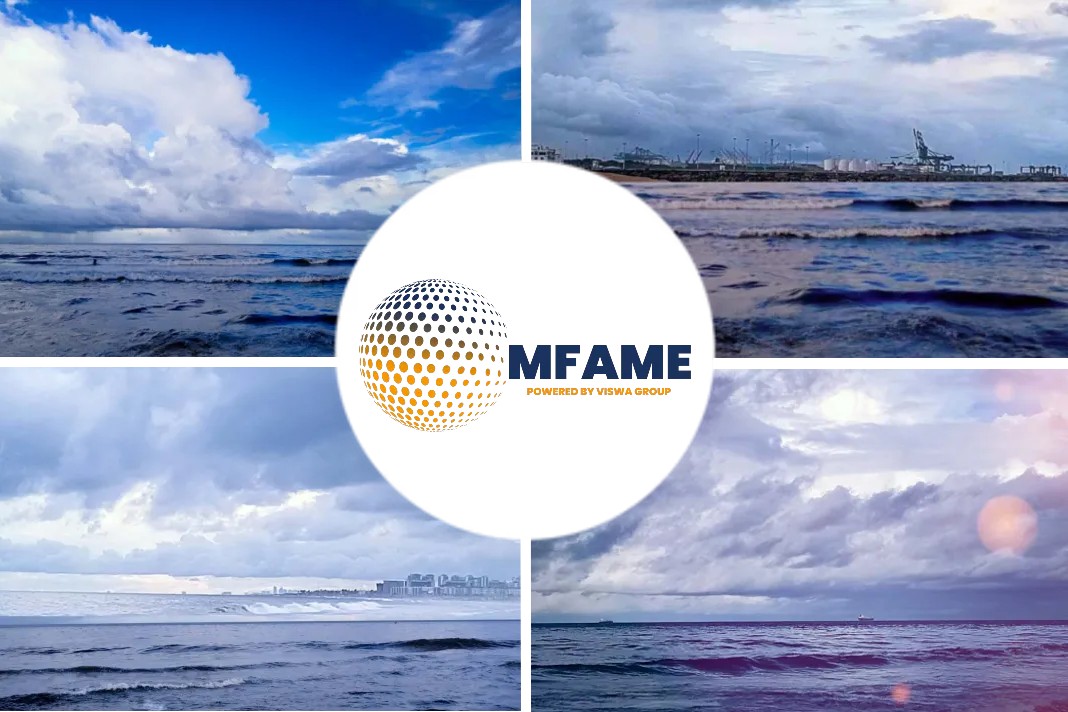- Port congestion and other network disruptions mean ocean carriers now need more ships to transport the same amount of cargo than they did pre-pandemic.
- However, despite the significant extra costs of the additional tonnage, net earnings for shipping lines continue to be turbo-charged by soaring freight rates, a consequence of tight supply and demand growth.
As liftings fall, ocean carriers are still earning more bucks with less ban, reports The Load Star.
Alphaliner’s Carrier Cargo Liftings Survey
A survey of carrier cargo liftings in the first quarter by Alphaliner shows volumes took a surprise dip after the surge of the second half of last year.
The consultant said only Zim recorded quarter-on-quarter growth in Q1, while HMM and Cosco reported reductions of around 10%.
Alphaliner’s Statements
“Excluding Zim, liftings for the top container lines now closely resemble volumes for Q4 19,” said Alphaliner, the last quarter before the impact of the pandemic skewed demand.
“The trend may come as a surprise, given the rates enjoyed by the industry, which have soared to such an extent that liner shipping is now attracting anti-trust attention,” said Alphaliner, adding that carriers were expected to break profitability records for Q2 when they publish those results next month.
Carriers Profitability
Indeed, carriers are riding the crest of a massive wave of profitability with, for example, spot rates on the Asia-North Europe tradelane spiking by over 500% since November – on top of which, equipment and space guarantee fees can easily add $4,000-$5,000 per 40ft to the final bill for shippers.
Continued Port Disruption Woes
The hopes of shippers for rates to return to some form of normality this year have been repeatedly dashed by a series of supply chain disruptions, such as the Suez Canal blockage in March, the Covid outbreak at Yantian in May-June and increased “vessel incidents”.
The knock-on effect is increased congestion at destination ports, as delayed ships pile up and landside operations become overwhelmed, which in turn results in the bunching of vessels further along the schedule.
Adjustments that manage Schedule Delays
The only instruments in a carrier’s toolbox to overcome the schedule delays are either to blank a sailing or, more common at the moment, to allow a vessel to ‘slide’ on its schedule by one week.
In fact, Maersk today advised its transpacific customers it was voiding or sliding the schedules of nine Asia-North America voyages through to the beginning of October. And it said the scheduling changes were “on top” of what it had previously announced relating to sailings from Asia to the US west coast.
The carrier said it was making the voyage adjustments “in view of the accumulated schedule delays in the Asia-North America network caused by terminal congestion and vessel incidents”.
Way to New Independent Lines
A carrier contact told The Loadstar he thought the disparity between the growth in demand post-pandemic and the liners’ disappointing liftings had opened the door for new independent lines.
“We are hearing almost daily of more potential new entrants to the markets and, providing they can find the ships and the boxes, they will make some quick bucks,” he said.
However, he warned that shippers should be careful before they commit too much to the new services, which “will be gone in a flash; as soon as the rates start to tumble”.
Did you subscribe to our daily newsletter?
It’s Free! Click here to Subscribe!
Source : The Load Star
















